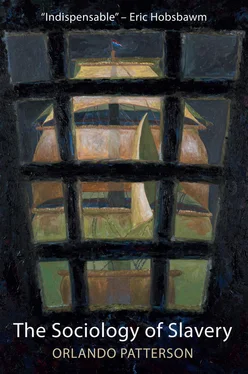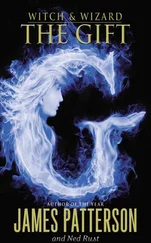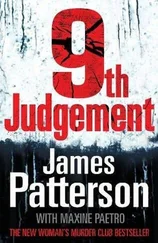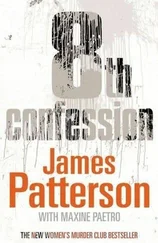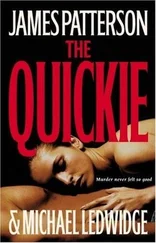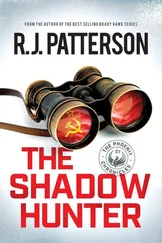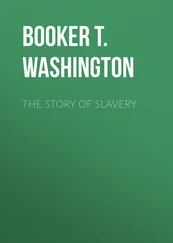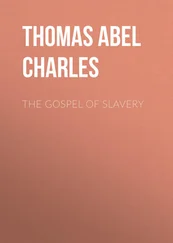120 70
121 71
122 72
123 73
124 74
125 75
126 76
127 77
128 78
129 79
130 80
131 81
132 82
133 83
134 84
135 85
136 86
137 87
138 88
139 89
140 90
141 91
142 92
143 93
144 94
145 95
146 96
147 97
148 98
149 99
150 100
151 101
152 102
153 103
154 104
155 105
156 106
157 107
158 108
159 109
160 110
161 111
162 112
163 113
164 114
165 115
166 116
167 117
168 118
169 119
170 120
171 121
172 122
173 123
174 124
175 125
176 126
177 127
178 128
179 129
180 130
181 131
182 132
183 133
184 134
185 135
186 136
187 137
188 138
189 139
190 140
191 141
192 142
193 143
194 144
195 145
196 146
197 147
198 148
199 149
200 150
201 151
202 152
203 153
204 154
205 155
206 156
207 157
208 158
209 159
210 160
211 161
212 162
213 163
214 164
215 165
216 166
217 167
218 168
219 169
220 170
221 171
222 172
223 173
224 174
225 175
226 176
227 177
228 178
229 179
230 180
231 181
232 182
233 183
234 184
235 185
236 186
237 187
238 188
239 189
240 190
241 191
242 192
243 193
244 194
245 195
246 196
247 197
248 198
249 199
250 200
251 201
252 202
253 203
254 204
255 205
256 206
257 207
258 208
259 209
260 210
261 211
262 212
263 213
264 214
265 215
266 216
267 217
268 218
269 219
270 220
271 221
272 222
273 223
274 224
275 225
276 226
277 227
278 228
279 229
280 230
281 231
282 232
283 233
284 234
285 235
286 236
287 237
288 238
289 239
290 240
291 241
292 242
293 243
294 244
295 245
296 246
297 247
298 248
299 249
300 250
301 251
302 252
303 253
304 254
305 255
306 256
307 257
308 258
309 259
310 260
311 261
312 262
313 263
314 264
315 265
316 266
317 267
318 268
319 269
320 270
321 271
322 272
323 273
324 274
325 275
326 276
327 277
328 278
329 279
330 280
331 281
332 282
333 283
334 284
335 285
336 286
337 287
338 288
339 289
340 291
341 292
342 293
343 294
344 295
345 296
346 297
347 298
348 299
349 300
350 301
351 302
352 303
353 304
354 305
355 306
356 307
357 308
358 309
359 310
360 311
361 312
362 313
363 314
364 315
For C. L. R. JAMES
The Sociology of Slavery
Black Society in Jamaica, 1655–1838
With a new Introduction
ORLANDO PATTERSON
polity
Copyright © Orlando Patterson 1967, 2022
The right of Orlando Patterson to be identified as Author of this Work has been asserted in accordance with the UK Copyright, Designs and Patents Act 1988.
First published in 1967 by MacGibbon & Kee Ltd
This edition published in 2022 by Polity Press
Polity Press
65 Bridge Street
Cambridge CB2 1UR, UK
Polity Press
101 Station Landing
Suite 300
Medford, MA 02155, USA
All rights reserved. Except for the quotation of short passages for the purpose of criticism and review, no part of this publication may be reproduced, stored in a retrieval system or transmitted, in any form or by any means, electronic, mechanical, photocopying, recording or otherwise, without the prior permission of the publisher.
ISBN-13: 978-1-5095-5099-9
A catalogue record for this book is available from the British Library.
Library of Congress Control Number: 2021951461
The publisher has used its best endeavours to ensure that the URLs for external websites referred to in this book are correct and active at the time of going to press. However, the publisher has no responsibility for the websites and can make no guarantee that a site will remain live or that the content is or will remain appropriate.
Every effort has been made to trace all copyright holders, but if any have been overlooked the publisher will be pleased to include any necessary credits in any subsequent reprint or edition.
For further information on Polity, visit our website: politybooks.com.
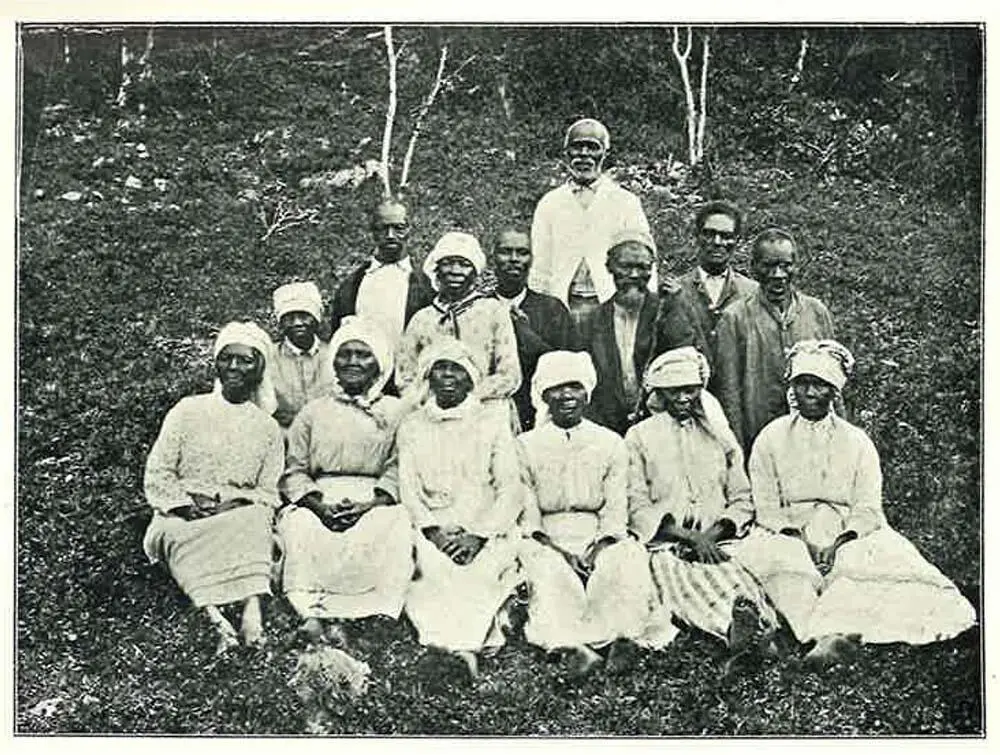
Formerly Enslaved Jamaicans (c 1870s)
INTRODUCTION 1Life and Scholarship in the Shadow of Slavery
The Sociology of Slavery was not simply my first scholarly book, but the academic and deeper intellectual as well as sources of all my later works on slavery, race and freedom. The slave plantations and their post-emancipation incarnations have profoundly influenced Jamaican society. For me, their presence could not have been more personal and pervasive. When I was four years old, my mother and I moved to Lionel Town in the centre of one of the island’s main sugar-producing areas. The only adequate preprimary school in the area was located in the church hall of a once elegant Anglican church in a bleak village called the Alley, once known, incredibly, as the Paris of Jamaica in the 18th century, and I was sent to live in the home of a family friend who was a foreman on the Monymusk estate, one of the island’s oldest, owned in the mid-18th century by Sir Archibald Grant who also owned a slaving station in West Africa that directly provided the estate with its enslaved. The house was located literally in the midst of the cane fields. A narrow dirt track ran from alongside it through a dark, dirt-poor village of wattle and daub huts, the former habitation of enslaved workers, in which the Indians, who had been brought over from India to replace them, still lived. The emaciated stiff bodies of the men clad in dhoti loincloth, the dull glow of the women’s hollowed eyes as they stared back at me and the other Black children, squatting before their rice pots above the wood fire on the ground, left an indelible impression on me. In hushed tones, the older children would often tell me: ‘Dat’s where di slave dem used to live.’ We moved to May Pen for my primary school, the then small capital town of Clarendon, once surrounded by sugar plantations and cattle pens: Sevens, Halse Hall, Suttons, Moreland, Amity Hall, New Yarmouth, Parnassus, only a few, like Monymusk, still going strong, most marked by the ruins of great houses shrouded in thorny bush – Bog, Parrins, Carlisle, Paradise, Exeter and Banks. From my childhood I began to wonder what life was like for the enslaved whose violently enforced labour made it all possible, imaginings made vivid by the scary duppy stories, told at dusk, by the older children and grandparents of the ghosts of the enslaved still haunting the eerily hot spaces around the silk cotton trees of the lonely country roads leading from the town.
Читать дальше
